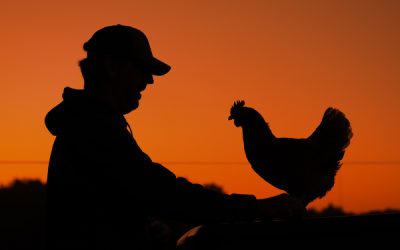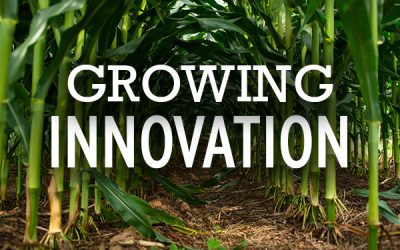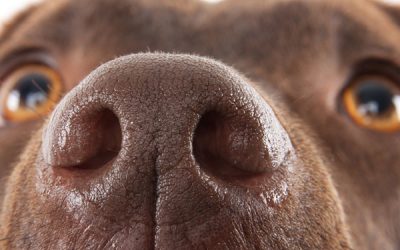The future of machine learning is less about robots becoming sentient and more about helping humanity grow better crops or deliver a hotter latte. Auburn researchers are at the forefront of showing how AI will integrate into our everyday lives, one line of code at a time.
Auburn Goes to Work on Rebuilding America’s Infrastructure
Roads crack. Sewage leaks and power grids fail. America’s infrastructure is falling apart. See how Auburn is providing solutions.
Poultry In Motion
The Miller Center’s “farm to fork” approach to poultry science breeds innovation in Alabama and around the world
Transformation Garden
Transformation Garden creates learning, research and outreach opportunities
The Great Mind Connector
Connecting students to jobs, companies to Auburn and research to real-world problems drove the rebranding of Auburn’s Research Park
Sniffing Out A Solution
To detect modern viruses, Auburn’s Canine Performance Sciences team is using an ancient tool—a dog’s nose.
We need your great Auburn stories!
We are looking for the newest, most inspiring stories about Auburn students, faculty, staff and alumni. Stories that touch the head and heart and show Auburn as a modern university that embraces its history and celebrates the Auburn Family every chance it gets.
Have you recently had a job promotion, married or had an addition to your family?
COVID-19 Frontlines
The fight against COVID-19 has infiltrated every aspect of our lives, from disrupting work to shuttering schools and sidelining almost every event of 2020.
Improved Shell Life
Oyster expert Bill Walton builds a better bivalve mollusk.
The War Eagle Has Landed
For more than 50 years, Auburn grads have helped turn America’s wanderlust for space travel into a reality. With a new mission to return to the moon and explore Mars, hundreds of Auburn Tigers find themselves the architects of humankind’s next adventure in the Big Blue.





